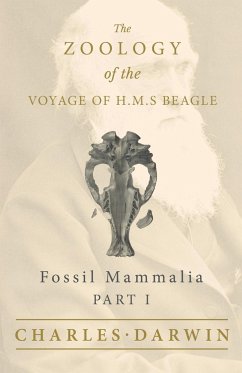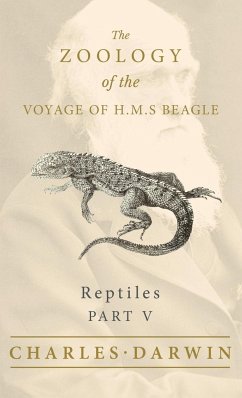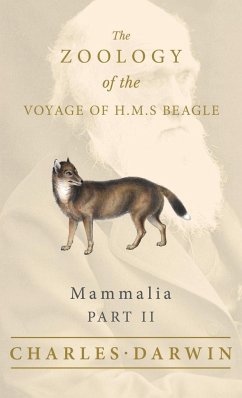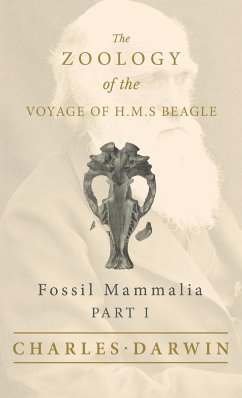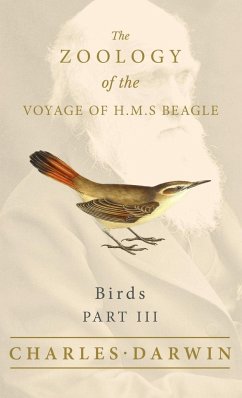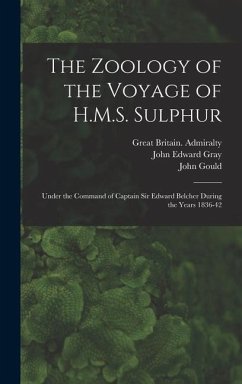
Fish - Part IV - The Zoology of the Voyage of H.M.S Beagle ; Under the Command of Captain Fitzroy - During the Years 1832 to 1836
Versandkostenfrei!
Versandfertig in 1-2 Wochen
20,99 €
inkl. MwSt.

PAYBACK Punkte
10 °P sammeln!
This volume, originally published between 1840 and 1842, represents the fourth installment of the seminal Zoology of the Voyage of H.M.S. Beagle. It provides a detailed ichthyological account of the fish specimens collected by Charles Darwin during his world-changing circumnavigation (1832-1836). Under Darwin's direct editorship, the work presents the systematic cataloging and classification of the extensive collection of marine and freshwater fishes, including many new species discovered in South America and the Galapagos Islands. Contents include: * Malacopterygii * Lophobranchii * Plectogna...
This volume, originally published between 1840 and 1842, represents the fourth installment of the seminal Zoology of the Voyage of H.M.S. Beagle. It provides a detailed ichthyological account of the fish specimens collected by Charles Darwin during his world-changing circumnavigation (1832-1836). Under Darwin's direct editorship, the work presents the systematic cataloging and classification of the extensive collection of marine and freshwater fishes, including many new species discovered in South America and the Galapagos Islands. Contents include: * Malacopterygii * Lophobranchii * Plectognathi * Cyclostomi * Total in the Several Orders * Percidae * Mullidae * Triglidae * Cottidae * Scorpaenidae * Sciaenidae, etc. This section is unique as it is based almost entirely on the material collected and preserved by Darwin. His contribution goes beyond editing, incorporating his copious firsthand notes on the fishes' habits, the vivid colors they displayed in life, and their geographical ranges. These details, drawn directly from Darwin's original field records, are integral to the scientific descriptions, providing a vital snapshot of biodiversity that would later inform his groundbreaking theories on species distribution and change. This volume remains an invaluable resource for both ichthyologists and historians of science.





